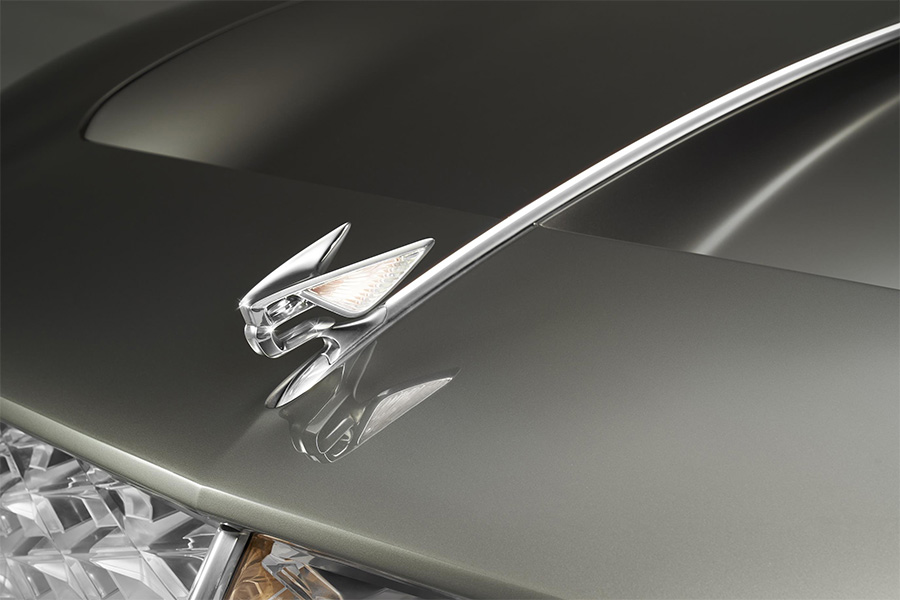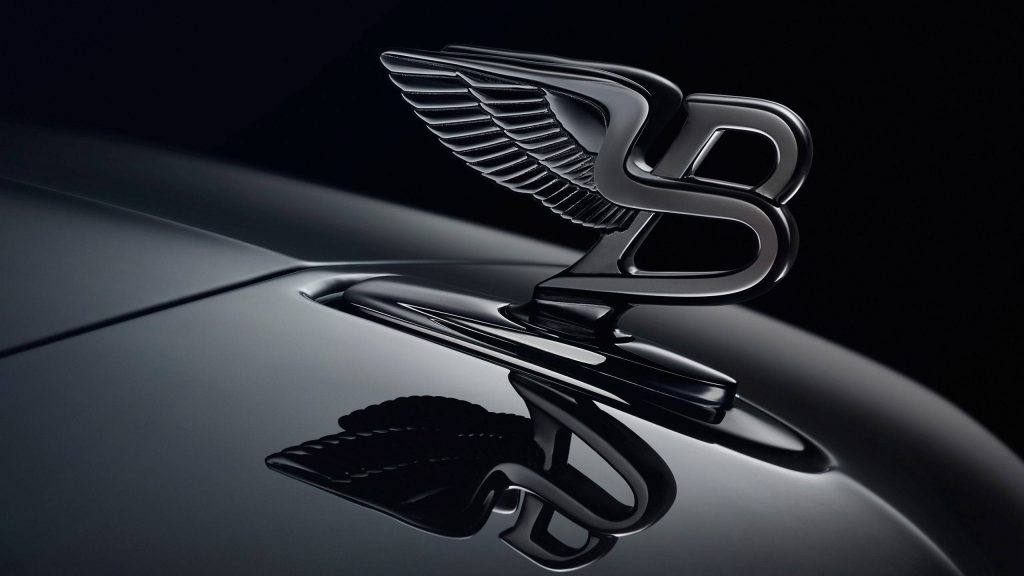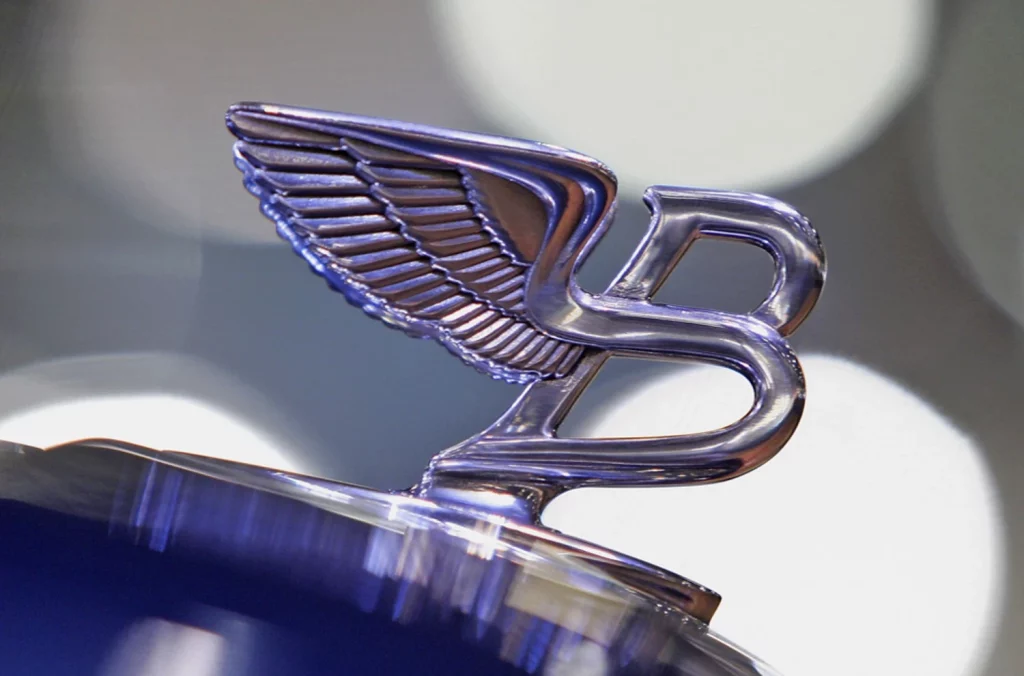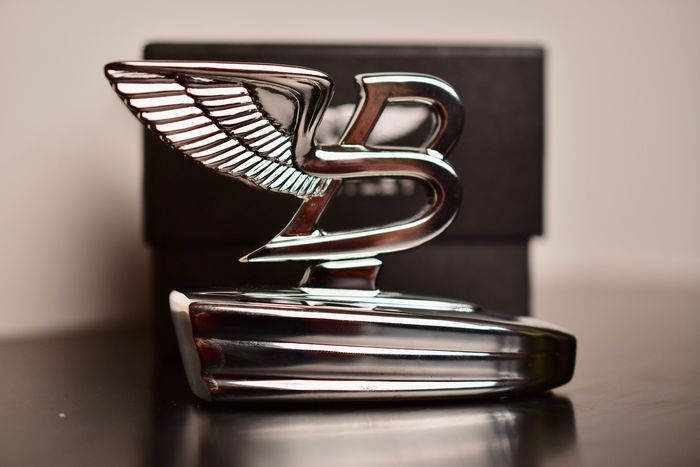On approaching the Flying Spur Mulliner, owners are treated to a moment of pure automotive theatre. As the Bentley name badge above the grille smoothly slides out of view, a beautifully polished ‘Flying B’ bonnet mascot – the sixth iteration of the design – rises to take its place. In perfect synchronicity, headlamps and the delicate clear acrylic wings of the mascot briefly illuminate with a welcoming glow. Standard of the Flying Spur Mulliner, the ‘Flying B’ is also available as an option on all Flying Spurs – with a 97 per cent uptake.

Creating that moment, and the elegant ‘Flying B’ mascot that draws every eye, called for a fusion of exceptional design, craft and engineering skills. It’s symbolic of Bentley’s approach to creating unique ownership experiences through relentless attention to detail at every stage.
Taking design to the next level
Versions of the Bentley ‘Flying B’ bonnet mascot have been offered, with the current design being the sixth iteration. For the latest Flying Spur, Bentley designers and engineers accepted the challenge to take the art and craft of the ‘Flying B’ to the next level. The emblem that graces the radiator of the Flying Spur Mulliner is the first in Bentley history to be deployed electronically, the first to feature a cover plate that replaces it when stowed, the first with clear acrylic wings and the first to be internally illuminated.
During the development of the new Flying Spur, a shortlist of candidate designs by the in-house team at Crewe was created in prototype form and presented to the Board for selection. The winning design, by Hoe Young Hwang, was the unanimous choice.

Created using turbine casting techniques
The ‘Flying B’ mascot is cast as a single piece of 316-grade stainless steel, which has an austenitic crystalline structure that’s both very tough and capable of withstanding extremes of temperature. The addition of molybdenum also gives it corrosion resistance, vitally important for a component that’s exposed to the elements all year round anywhere from the arctic circle to the equator.
The ‘Flying B’ is made using the investment (lost wax) casting process at Lestercast Ltd, a technique usually reserved for precision components such as gas turbine blades. This form of casting, though time-consuming, is typically used for making complex-shaped components that require tighter tolerances, thinner walls and a better surface finish than can be obtained with sand casting.

First, molten wax is injected into a die. A water-soluble core occupies the cavity where the two acrylic crystal wings will sit, while a ceramic central core creates a passage within the wax moulding for the illumination wiring. The wax emblem is then removed from the die and the soluble core is dissolved to create a perfect ‘Flying B’ in wax.
Next, the wax emblem is encased in multiple layers of a fine ceramic solution containing colloidal silica and alumina; once these layers have set solid, the wax is melted in a steam pressure chamber to leave a ceramic mould with a hollow cavity in the shape of the emblem.

